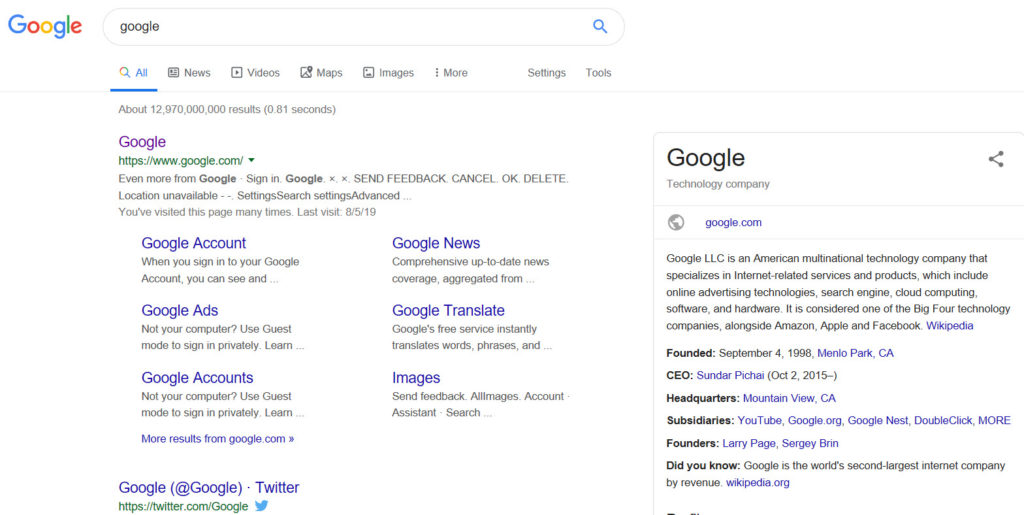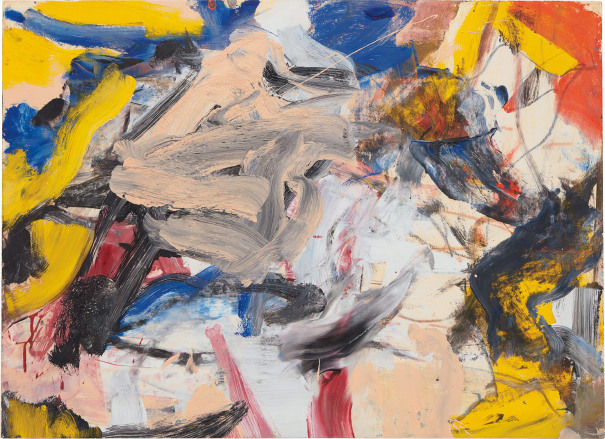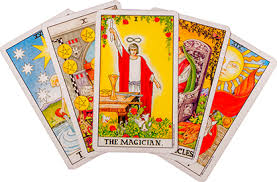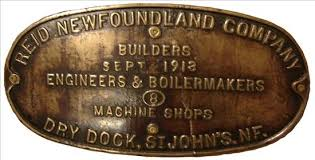Brand Strategy Tarot Card Number 4.
The fourth tarot card to be turned over during the What’s The Idea? brand strategy demo is the “About” section from the company website. The About page is the most important place to get the brand strategy right, yet it’s often poorly constructed and amateurish. Not so, for large multinationals who have seasoned communications people and PR hands nearby, but it’s often the case among midsize and small companies who tangled in their underwear.
Here’s an About page from nCipher:
nCipher Security, a leader in the general purpose hardware security module market, is now an Entrust Datacard company, delivering trust, integrity and control to business critical information and applications.
Not the worst in the world, but it assumes knowledge of “hardware security modules.”
The Is-Does is fundamental to the About Section. What a brand Is and what a brand Does. Getting bogged down in where, how many, target and the like only confuses. In technology, you are either in hardware, software or platform (web services). Say that. Once you start piling on things like trust, integrity and control, you start to diminish.
In consumer products be what you are first, then and only then add value qualifiers.
Local brewer Devil’s Foots Beverage Company gets it:
“Devils Foot Brewing. Asheville, NC Craft Beverage Company. All Natural N/A Bevs made with Organic Roots and Fruits.
(N/A refers to non-alcoholic, not North American.) Also, I would suggest beverage over brewing, rather than using both.)
When you write the About page, don’t get carried away. Tell them what it Is and what it does. Don’t bury it in blather.
Peace.








